A gull whose feet got wrapped in a disposable mask.
Source: RSPCA
Written by: Adam Weinzapfel, KTNRB AmeriCorps Member
There’s a new type of waste plaguing the world’s waterways. It’s trapping gulls in England, trashing shores in Asia, and flowing right through Tennessee’s storm drains. The culprit: Disposable Personal Protection Equipment (PPE), and it could be sitting right over your nose.
This new pollutant boom is especially a problem for our waterways. Most PPE items are made of plastic, and once in the river, will eventually break down into microplastics. According to a 2019 report from German scientist, Dr. Adnreas Fath, Tennessee is already the worlds’ most micro plastic polluted river studied to date, and this new PPE concern only raises that concern.
PPE waste pulled from Hong Kong shoreline.
Source: Anthony Wallace/AFP
Like most plastic waste, the PPE that we find in the river comes from improper disposal on land that’s either been blown or washed into our waterways by rains. That’s why we tend to see an increase in river pollution after heavy rainfall. Though most think of intentional littering when it comes to marine debris, 80 percent of all litter in our waterways was originally littered on land. Either way, we’ve got masks in the river now. What are we supposed to do about it?
First off, take the easiest preventative measure. Try to wear reusable masks, and if you do use a disposable PPE, make sure it gets to a trashcan and stays in it. Early action saves the most waste. Once you’ve dealt with your waste, now you can focus on litter from others.
The first rule of handling PPE litter is that if it was littered, it should be assumed to be contaminated. That means no handling with your bare hands*. If you’re a fan of using your hands, you should use PPE to remove PPE. Just make sure to remove disposable gloves immediately after picking up PPE waste. Be sure to properly remove your gloves when going to wash them or disposing of them to reduce contact with potential contaminants.
*COVID-19’s half-life on plastic is seven hours and requires heavy handling to get the virus out of the mask and onto your hands. PPE waste could be contaminated by a number of other pathogens and bacteria, so you should still handle with protection.
If you don’t want to contribute to the cycle PPE waste, use devices like grabbers, a litter stick, or even just a broom or shovel. Even a pair of old kitchen tongs is safer than bare hands.
But what if one day, you happen to see PPE litter while gloveless and dangerously lacking in tongs? No problem! You can still pick it up if you’re carrying some disinfectant with you. Just apply a ample amount to the waste, let it sit for a few minutes, then you can take it to the trash.
In any of these cases, it’s still a good idea to wash your hands after handling PPE waste ASAP. Remember, no matter how you grab it, make sure that it’s secured within the trash can. This pandemic won’t last forever, but the micro plastic left behind by PPE very well might. But if we work together, we can keep these plastics out of our waterways for a cleaner future.
A post KTNRB made earlier this year about PPE entering the Tennessee River.
Source: KTNRB Facebook Page




